Is the dishwasher connected to hot or cold water?
 Buying a new dishwasher is always associated with technical nuances, which can be difficult for a beginner to understand without outside help. One of the main questions in this case is which water to connect the dishwasher to, hot or cold? Each approach has its own advantages and disadvantages, so now we will analyze them in detail so that new PMM users do not have any questions about installing a brand new “home assistant”.
Buying a new dishwasher is always associated with technical nuances, which can be difficult for a beginner to understand without outside help. One of the main questions in this case is which water to connect the dishwasher to, hot or cold? Each approach has its own advantages and disadvantages, so now we will analyze them in detail so that new PMM users do not have any questions about installing a brand new “home assistant”.
Which pipe should I connect the PMM inlet hose to?
The bottom line is that any dishwasher has a fairly powerful heating element installed, which easily heats cold water to the selected temperature. That is why most often the machine is connected not to hot water, but to cold water, especially since interruptions in cold water supply do not happen as often as with hot water. It is also necessary to take into account that often cold tap water turns out to be of better quality than hot water, which allows you to increase the life of the dishwasher.
However, if the dishwasher uses a water heating element, this does not mean that the equipment cannot be connected to hot water. Yes, this is a little more difficult to do, but no manufacturer prohibits this, which is usually stated in the user manual. It is important to understand that using hot water to wash dishes will be more expensive than heating an initially cold liquid to the desired temperature.
Using hot water will not prevent gradual wear of the heating element, which will still have to be replaced over time.
A huge advantage of premium dishwasher models is that they have a double connection, which means they can be connected to cold and hot water at the same time. Such a “home assistant” will itself determine the order of actions for the selected work cycle.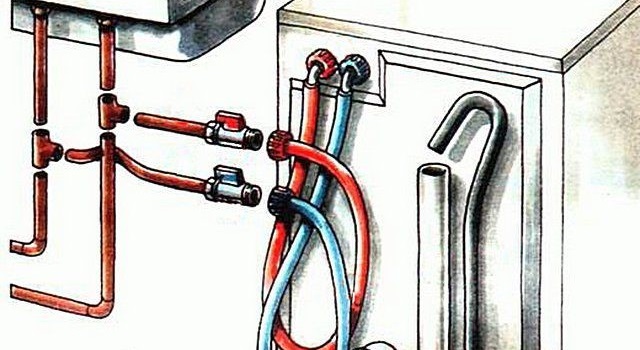
For example, if the user has selected a washing mode at a temperature of 40 degrees Celsius, and the tap water is heated to 50 degrees, then the device will use hot water, which will be slightly diluted with cold water to achieve the desired temperature. If the liquid in the water supply is colder than the required temperature, the machine will start the heating element so that it prepares the water to the selected values. Moreover, such household appliances are equipped with two separate filling valves, so they will have more freedom during operation.
If you want it hotter
If you decide to connect your dishwasher to hot water, then you should prepare for this process in advance. Also, during installation, you must remember about the connection features so as not to accidentally damage the equipment and achieve ideal work results.
- For such a connection, you need to buy a special inlet hose suitable for working with hot water supply.
- It is necessary to first study the instructions to understand whether this PMM provides the ability to connect to hot water.
- It is better to install a flow filter between the inlet hose and the hot water supply to prevent harmful impurities from the water supply from entering the dishwasher.
Such a flow filter will help slow down the wear of the internal components of the “home assistant” due to hard, low-quality tap water, so after installation it is worth checking it at least once a year.
Before starting work, you should make sure that all tools and consumables are prepared. This list includes:
- Reliable inlet hose that can withstand high temperatures. In some cases, it comes complete with a dishwasher, but only in a situation where the equipment can be connected to a hot water supply;
- tee tap. It will help to completely control the water supply to the dishwasher;
- flow filter suitable for the filling hose;
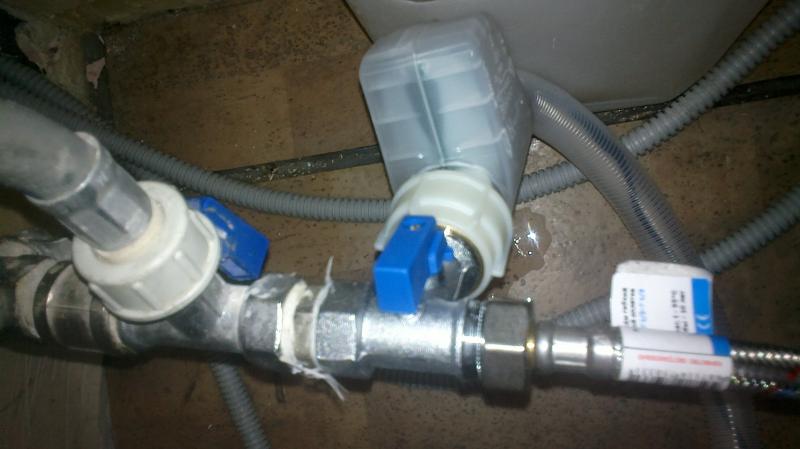
- an adjustable wrench and FUM tape, which will help to tightly install the tee valve to the water supply outlet.
At the same time, nothing is needed to install the hose itself, because it should be carefully screwed on by hand so as not to damage the fragile element. If everything is ready for installation, then we proceed.
- Shut off the water supply.
- Remove the plug from the water pipe outlet.
- Carefully wrap a small amount of FUM tape around the threads, securing the tape against the threads.
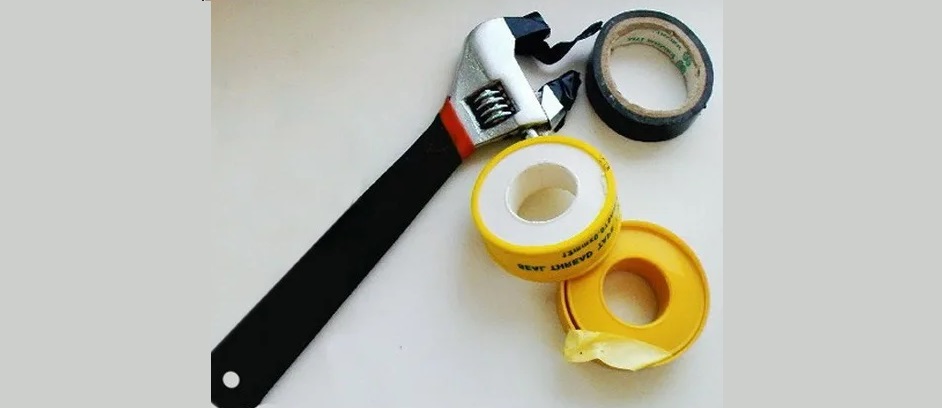
- Install a tee valve onto the thread.
- Wind a little more FUM tape onto the first terminal of the tee, and install a plug on the second.
- Attach the filler hose to the free outlet of the faucet, making sure that its end reaches the dishwasher.
- First, install a flow filter on the edge of the inlet hose, and then connect everything to the PMM inlet valve.
After all the manipulations done, all that remains is to test all connections for leaks. After making sure that everything is fine, you need to move on to the idle work cycle, which will help check the performance of the “home assistant”.
Pros and cons of connecting to hot water supply
It is the connection of household appliances to cold water that is considered classic, so the use of hot tap water can cause many more unforeseen situations. Finally, let's look at the pros and cons of connecting to hot water, starting with the advantages.
- This connection speeds up the work cycle, because the equipment does not need to waste time heating the dishwashing liquid.
- This reduces wear on the water heating element, because in this mode of operation it turns on much less often.
- This use of equipment helps to save energy, because the heating element is generally not used.
All points are rather dubious, but the last one is especially controversial, because hot water is usually more expensive than electricity, so this approach, on the contrary, will increase bills for housing and utility services. However, everyone evaluates the feasibility of this decision for themselves. As for the disadvantages of connection, the following should be highlighted:
- Hot water greatly damages the mesh of flow filters, which is why you often have to buy new elements to replace them. It is not recommended to remove the screens, since without them various dangerous contaminants will penetrate the system.

- Over time, extremely hot liquid deforms the pipes and the PMM drain hose.
- If necessary, it will not be possible to quickly rinse anything in cold water, because the machine can heat the liquid, but is unable to cool it.
Finally, it is worth noting that during the pre-wash cycle, the dishwasher uses cold water, which begins heating only during the main operating cycle.If the machine starts pre-rinsing immediately in hot water, then the remnants of buckwheat, dough and other pieces of food that do not tolerate high temperatures will stick more strongly to the tableware, which will reduce the efficiency of washing dishes. That is why before connecting the machine to a hot water supply, you should think carefully and weigh all the pros and cons.
Interesting:
Reader comments
- Share your opinion - leave a comment




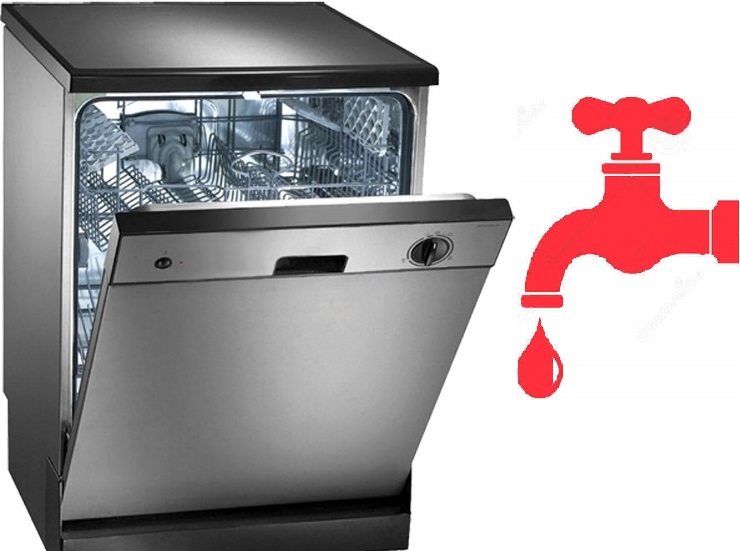

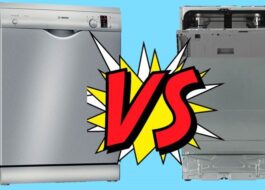














Add a comment